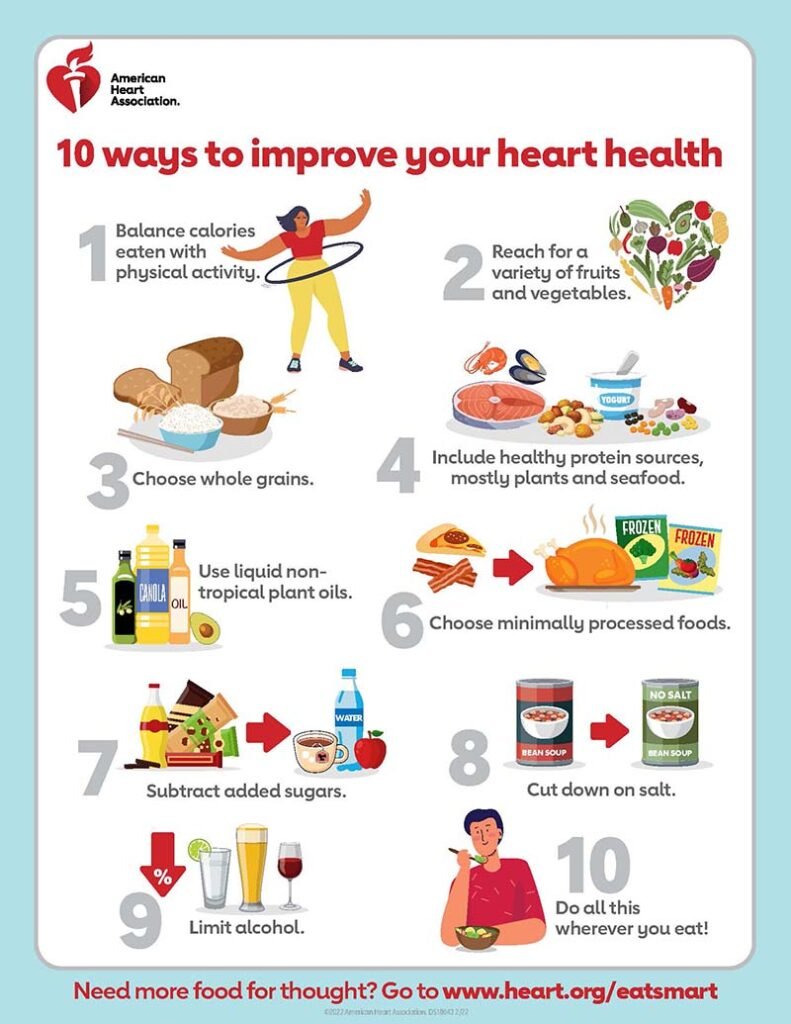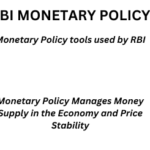Indore Woman Succumbs to Heart Attack: Rising Risks and Prevention

Everyone’s heart muscle needs oxygen to survive. A heart attack(myocardial infarction or MI)) occurs when the blood flow that brings oxygen to the heart reduced or cut off. If blood flow is reduced or stopped for too long, the heart muscle begins to die.
LEARNING FROM HOME/ WITHOUT CLASSES/ BASICS
When a heart attack occurs, the heart muscle that has lost blood supply begins to suffer injury. It begins to die if blood supply is not restored. It’s a circulation problem.
Coronary heart disease (CHD) is the leading cause of heart attacks. In our body coronary arteries supplies the heart muscle with blood flow.In some persons the coronary arteries become narrowed from plaque. A buildup of fat, cholesterol and other substances. This slow process is known as atherosclerosis. Before a heart attack, 1 of the plaques bursts (ruptures), causing a blood clot to develop at the site of the rupture.
The clot may block the supply of blood to the heart, triggering a heart attack.
When plaque within a heart artery breaks, a blood clot forms around the plaque. This blood clot can block blood flow through the artery to the heart muscle.
Symptoms of a heart attack can include:
- chest pain – a feeling of pressure, heaviness, tightness or squeezing across your chest
- pain in other parts of the body – it can feel as if the pain is spreading from your chest to your arms (usually the left arm, but it can affect both arms), jaw, neck, back and tummy
- feeling lightheaded or dizzy
- sweating
- shortness of breath
- feeling sick (nausea) or being sick (vomiting)
- an overwhelming feeling of anxiety (similar to a panic attack)
- coughing or wheezing
The chest pain is often severe, but some people may only experience minor pain, similar to indigestion.
Heart attack is different from Cardiac arrest.
Sudden cardiac arrest an electrical problem caused by irregular heart rhythms, also called arrhythmias. A common and potentially deadly arrhythmia is ventricular fibrillation. This happens when the heart’s lower chambers start beating chaotically and don’t pump blood.
There are some steps you can take to reduce your risk of having a heart attack (or having another heart attack):
- smokers should quit smoking
- lose weight if you’re overweight or obese
- do regular exercise – adults should do at least 150 minutes (2 hours and 30 minutes) of moderate-intensity aerobic exercise each week, unless advised otherwise by the doctor in charge of your care
- eat a low-fat, high-fibre diet, including wholegrains and at least 5 portions of fruit and vegetables a day
- moderate your alcohol consumption







0 Comments